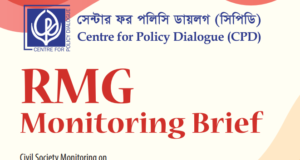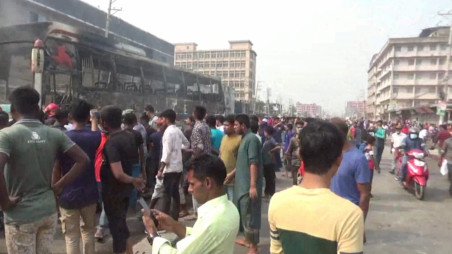Published on the ILO website
Minimum wages can be an important part of the policy toolkit to meet the needs of workers and their families. However, minimum wages do not adequately fulfil this role if non-compliance is
widespread. This research note shows that a large proportion of workers in the garment, footwear, and textiles sector1 in seven garment-exporting countries in Asia are paid below the minimum wage. Non-compliance rates in the sector range from 6.6% of workers in Viet Nam to 53.3% in the Philippines. In each of the countries, women are more likely than men to be paid below the minimum wage. Workers with lower levels of education are also more likely to receive a wage below the minimum. In several countries, deep non-compliance is widespread, with a significant proportion of garment workers being paid less than 80 per cent of the minimum wage.
Minimum wages are an important policy tool. More than 90 per cent of ILO member States have adopted some form of minimum wage.2 Minimum wages are particularly important
in the garment sector, a highly competitive, labour-intensive global industry in which collective bargaining over wages is relatively uncommon. The 20 largest apparel-exporting middle and low income countries in the world all have minimum wages that apply to garment workers. Minimum wages, by definition, set the minimum amount of remuneration that an employer can legally pay a worker. The fundamental purpose of minimum wages should be to protect wage earners from unduly low pay. Widespread non-compliance could suggest that the policy may not be adequately fulfilling this function, or that implementation is inadequate. If some employers do not comply with the minimum wage, this clearly has negative consequences for the living standards of workers and their families, but it can also negatively affect compliant employers. Non-compliance
This research note provides estimates of non-compliance with the minimum wage in the garment sector in Cambodia, India, Indonesia, Pakistan, the Philippines, Thailand, and Vietnam. The latest available labour force survey in each country was used to measure the actual wages received by garment workers. Actual wage rates were compared to the minimum wage rates in force at the time the survey was conducted. A conservative approach was taken – where multiple minimum wage rates could potentially be applied, the lowest relevant rate was used. Alternative approaches
are also explored.
 CPD RMG Study Stitching a better future for Bangladesh
CPD RMG Study Stitching a better future for Bangladesh




